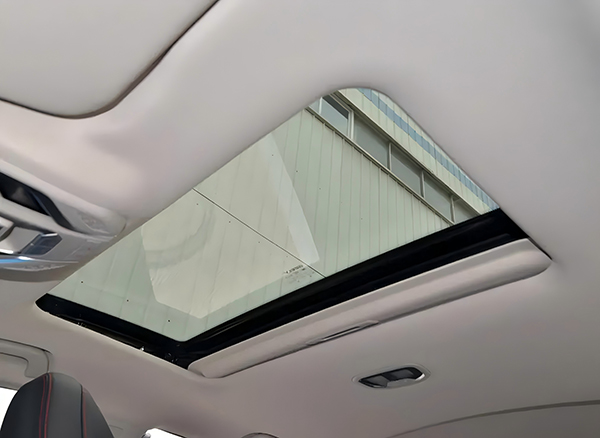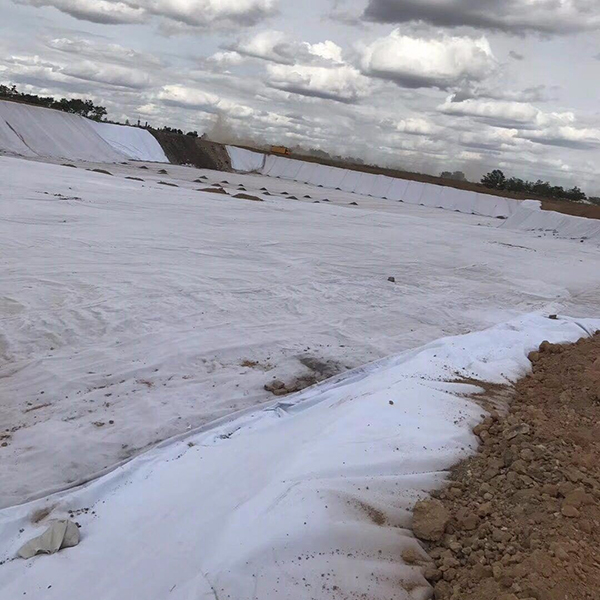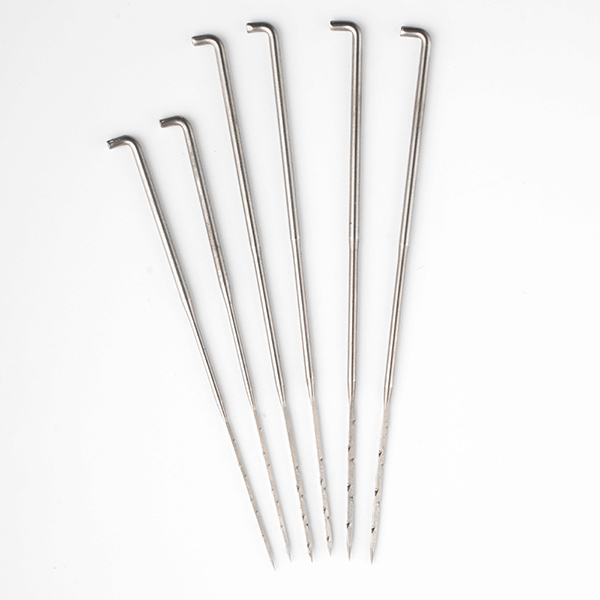Nonwoven needle punching is a process used to create nonwoven fabrics by mechanically interlocking fibers using barbed needles. This method is widely used in the textile industry to produce a variety of nonwoven products, including geotextiles, automotive fabrics, and filtration materials. In this article, we will explore the nonwoven needle punching process, its applications, and the advantages of nonwoven needle-punched fabrics.
The nonwoven needle punching process begins with the selection of raw materials, which can include natural fibers such as cotton, wool, or jute, as well as synthetic fibers like polyester, polypropylene, or nylon. These fibers are first opened and blended to create a homogeneous fiber web. The web is then fed into a needle punching machine, where barbed needles repeatedly penetrate the web, entangling the fibers and creating a cohesive fabric structure.

One of the key advantages of the nonwoven needle punching process is its ability to produce fabrics with a wide range of properties. By adjusting the density, thickness, and fiber composition, manufacturers can tailor the characteristics of the nonwoven fabric to meet specific performance requirements. For example, needle-punched geotextiles can be engineered to provide high tensile strength, puncture resistance, and filtration properties, making them suitable for applications such as erosion control, soil stabilization, and drainage systems.
In the automotive industry, nonwoven needle-punched fabrics are used in various applications, including carpeting, headliners, and trunk liners. These fabrics offer excellent durability, sound insulation, and thermal insulation properties, making them ideal for enhancing the comfort and aesthetics of vehicle interiors. Additionally, needle-punched fabrics can be treated with additives to improve their resistance to moisture, UV radiation, and abrasion, further expanding their utility in automotive applications.

Another important application of nonwoven needle-punched fabrics is in filtration and separation systems. The entangled fiber structure created by the needle punching process provides a high degree of porosity and permeability, making these fabrics effective for capturing and retaining particles in air and liquid filtration applications. Furthermore, the ability to control the thickness and density of the fabric allows manufacturers to customize the filtration efficiency and flow rate of the material to suit specific filtration requirements.
The nonwoven needle punching process offers several advantages over other fabric manufacturing methods. Firstly, it is a cost-effective process that requires minimal energy consumption and can be easily scaled for mass production. Additionally, the mechanical entanglement of fibers results in a fabric with high dimensional stability, uniform strength, and resistance to fraying, unraveling, and stretching. This makes needle-punched fabrics suitable for demanding applications where durability and reliability are essential.

Furthermore, nonwoven needle-punched fabrics are inherently recyclable and can be manufactured using recycled fibers, contributing to sustainability and environmental responsibility. The versatility of the needle punching process also allows for the production of fabrics with varying surface textures, from smooth to coarse, and the incorporation of functional additives such as flame retardants, antimicrobial agents, and conductive fibers to meet specific performance requirements.
In conclusion, nonwoven needle punching is a versatile and efficient process for producing a wide range of nonwoven fabrics with diverse properties and applications. From geotextiles and automotive materials to filtration media and industrial textiles, needle-punched fabrics offer exceptional performance, durability, and customization possibilities. As the demand for sustainable and high-performance materials continues to grow, nonwoven needle-punched fabrics are poised to play a crucial role in meeting the evolving needs of various industries.
Post time: Sep-18-2024
